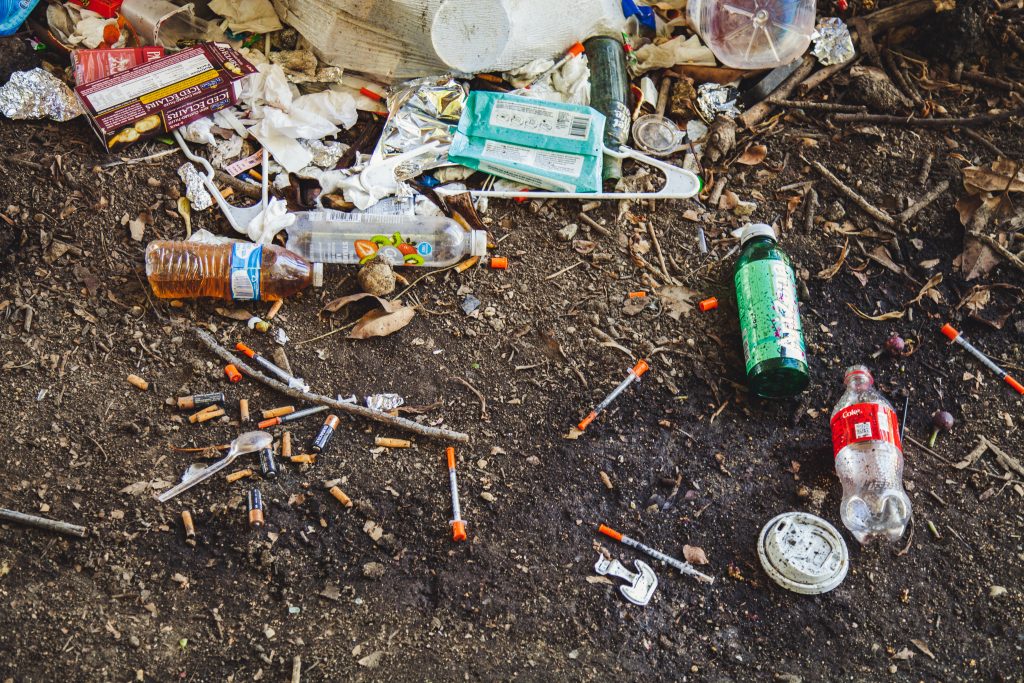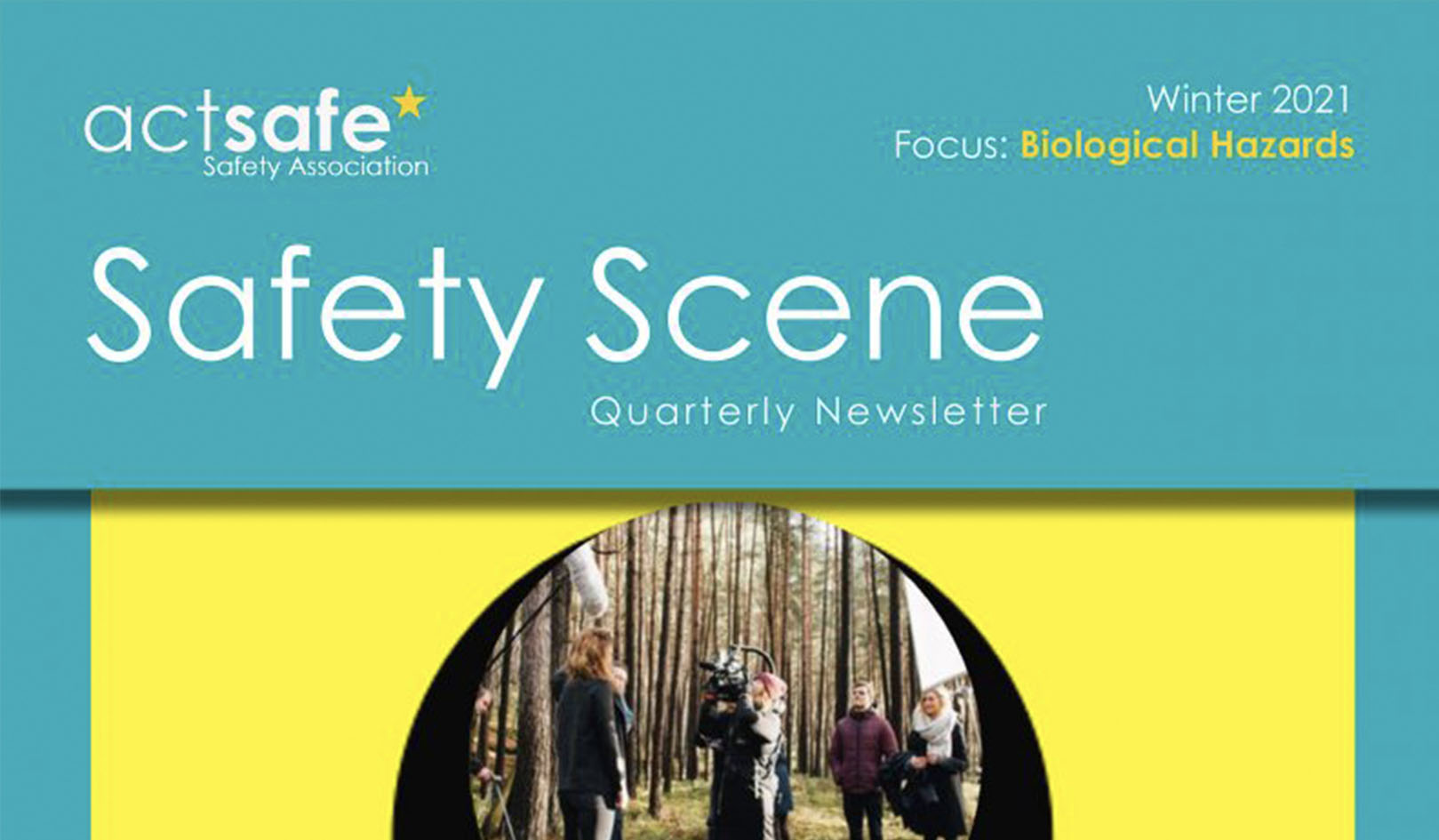
Canadian Centre for Occupational Health and Safety (CCOHS)
Although commonly reported amongst healthcare professionals, injuries caused by needlesticks and sharps (items like a razor blade, scissors, pins and glass items) pose a risk for all types of workers, including production assistants and motion picture cast and crew members working on location.
If wounded by a poke or puncture of the skin, these types of injuries can transmit infectious diseases, especially blood-borne viruses. Concerns includes the Human Immunodeficiency Virus (HIV) which leads to AIDS (Acquired Immune Deficiency Syndrome), hepatitis B, and hepatitis C. Although the risk of getting these viruses via a community needlestick injury is very low, proper safety precautions should be followed to protect all workers in every industry.
Injury prevention: start with risk assessments and hazard control
Workers like Andres can come across needles and sharps frequently. In fact, roughly 69,000 injuries from these objects are reported in Canada each year.
That’s why it’s important to perform a risk assessment, evaluating the safety of both the job tasks and locations before work begins. This can be done by a person or team of individuals who have a good working knowledge of the situation and location being studied, with input from the supervisors and workers who will be overseeing and performing the work. Safety committees and representatives should also be consulted during this process.
A risk assessment can identify health and safety hazards, determine the likelihood of harm, and identify the necessary actions to eliminate the hazards or control the risk of injury. The safety of the worksite should be continuously evaluated, as well as any hazard controls. The risk assessment should account for:
- the type of work being performed,
- the location,
- any possible interactions with other activities and people in the area,
- the training and education the workers have received,
- and how a person would react in a particular situation (e.g., encountering a person using a needle, finding a used needle, etc.).
Introducing hazard controls
Although not always completely preventable, there are hazard controls that can be put in place to minimize risks for workers in both low and high-risk settings. These include rescheduling work and/or changing locations, blocking off and securing areas to restrict visitors, worker training and education, development of safe work procedures, and appropriate use of personal protective equipment (e.g., puncture-resistant gloves, protective footwear, eye protection).
Communicating the “what if’s” and safety protocols
Employers should educate and train workers on safety protocols for potential risks, like exposure to needles or sharps. For example: what if a worker experiences a needlestick or sharp injury or wound? What if, like Andres, a worker spots a needle?
If you or a worker are injured by a needle or sharp, allow the wound to bleed freely. Don’t squeeze the wound to increase bleeding – this may cause additional damage to the tissue and increase the uptake of any virus. Immediately perform first aid by thoroughly rinsing the injury site with running water, and clean gently with soap and water if possible. Flush any area that has been exposed including the eyes, nose, or mouth with running water if they have been exposed. Any broken skin should be rinsed thoroughly.
Then seek immediate medical attention at your local emergency department and follow instructions for further treatment and followup. This includes an assessment to determine if post-exposure prophylaxis is needed and tests to make sure there is no virus transmission. You should also immediately report the incident and exposure to your supervisor or employer.
Remember, prevention is key. If you spot a used needle, do not touch it. Report it to your locations department or supervisor for proper disposal and remain at the area to prevent anyone else from coming into contact with it.
With proper education, training and protocols for workers, you can set the scene for a safe worksite.

This article was written for our quarterly newsletter, Safety Scene. You can find a link to the full edition below.



Share Now: